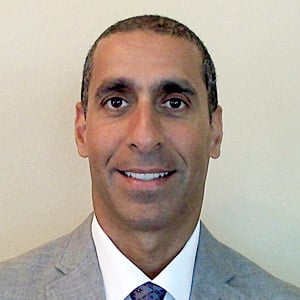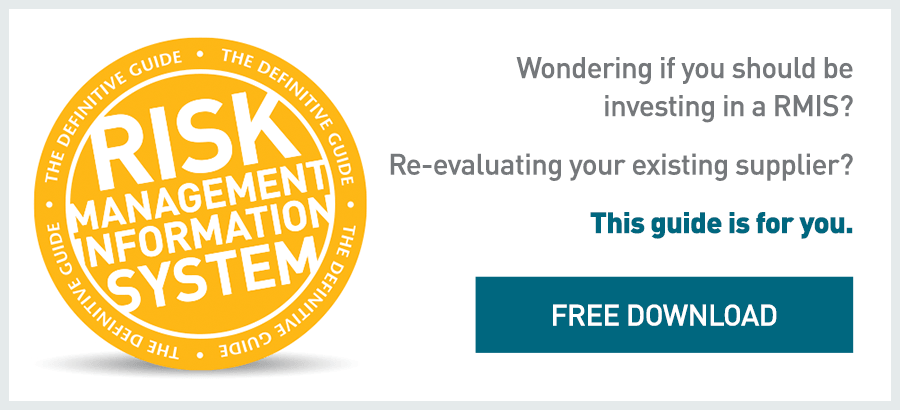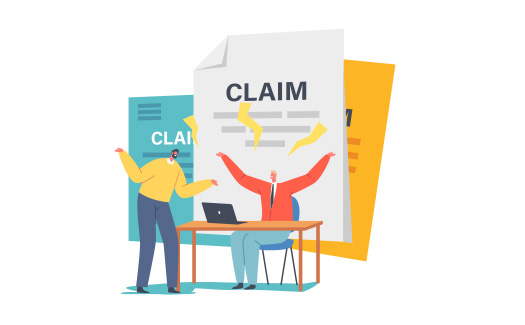
A recent trend I've noticed in my experience selling claims management software and medical bill review software and services to insurance companies, third-party administrators and self-insured employers is the growing number of customers seeking integration between the claims and bill review platforms. I've also noticed that the term fully integrated means different things to different people.
I interacted regularly with the technical and project teams for numerous companies managing claims and bill review data while working for my previous employer, a national bill review software and service provider. During that time, I learned that full integration for most people means that electronic data files sent between two systems are processed in a timely fashion with automated acknowledgements and full error-handling built in. But, in today's high-tech world with real-time status updates from d-list celebrities instantly published to every news site in the world, surely there must be opportunities for greater integration between claims and bill review systems than just the proper handling of scheduled nightly batch files.
Since I joined Aon eSolutions earlier this year, I have come to appreciate the distinctions of different levels of integration available in the marketplace between these related types of systems, and I thought I'd share my understanding:
Standard integration: periodic batch-file transmission
Most companies who utilize both claims management and medical bill review systems or services rely on the de facto standard level of integration that is, a set of batch files transmitted between the two systems to perform a periodic synchronization of, going in one direction, claimant, provider and payment records; and, in the other direction, post-payment check data and newly received bills, triggered on a daily basis either manually or by a scheduled job.
While this is what most customers and vendors consider integration, it is really just an exchange of data, similar to how a home computer's accounting software downloads data from a financial institution's website.
Certainly, this standard level of integration is important as it does keep the two systems in sync at the end of the day, but what about changes that occur in real time? Most claims examiners and bill review analysts work in different departments or even different companies, so when questions arise about bills being processed or regarding the status of managed care services, employees typically must set records aside for special handling via time-consuming telephone calls and/or e-mail exchanges.
Web services integration: updated data elements
Building on the standard level of integration, some vendors are touting the use of web services to apply and display real-time updates of certain data elements between the two systems. Examples include a claims examiner's view of a particular bill's status in a claim records related bill screen, or a bill review analyst's view of an available reserve amount for the claim record related to the bill they are processing.
These types of updates involve a significantly greater level of integration between the two systems, and they may be applied to the receiving system either automatically as changes occur in the sending system (via a push model) or on demand when records are viewed by users of the receiving system (via a pull model).
While this is an improvement over the standard integration model widely in use today, it is still limited by a software vendor's capacity to squeeze data elements from a partner's system onto a user-interface screen without compromising usability. Another limiting factor is the vendor's capacity to identify, prioritize, and schedule the new additions or changes into future software releases.
The embedded model: full-access integration
The embedded model provides the greatest level of integration available in todays marketplace. By truly combining claims and bill review, the two systems are kept in sync utilizing the scheduled jobs of the aforementioned standard model; however, for real-time data updates, claims examiners are granted access to the entire live bill review system.
Claims examiners using systems based on the embedded model simply click a button to log into a claims examiner portal (CEP) to view real-time status updates about their bills; claims examiners also use a CEP to read and reply to questions from bill review analysts. A CEP is a fully functional user interface available to claims examiners with controlled access to the bill-review systems transactional database (moreover, claims examiners can be granted full access to the bill review system based on the customers security model).
The embedded model takes it even a step further by providing the claims examiner with full access to the bill-review user interface; customers may also choose to grant even greater permissions within the bill review system so that the claims examiner can perform specific bill review tasks. By contrast, under the standard and web services models, claims examiners would typically be granted permission only to view most aspects of bills in process.
Finally, the embedded model allows the claims examiner to access a reporting interface. As a result, claims examiners and their management teams are empowered to generate a multitude of standard, custom or ad-hoc reports querying either the live, transactional bill review database or, on demand, the extracted analytical copy of the bill review database.
The embedded model solution truly is a great improvement over the standard integration model used by most companies today. It provides not only the best-of-breed solutions for both claims management and medical bill review platforms, but also unfettered access to any area of either application allowed by the customers security model. The net of all of this is that bills get processed more quickly, with fewer mistakes, ultimately leading to even greater savings. I'll delve into that topic in my next post!

Sam Gabal joined Aon in April 2012 after working in the workers compensation bill review software industry for the past 10 years. Sam's technical experience in prior roles including both software support and sales has been focused on in-depth gathering of client requirements, as well as creative problem-solving for complex systems. Sam is based in Newport Beach, California
Connect with Sam: Email | Twitter | LinkedIn













